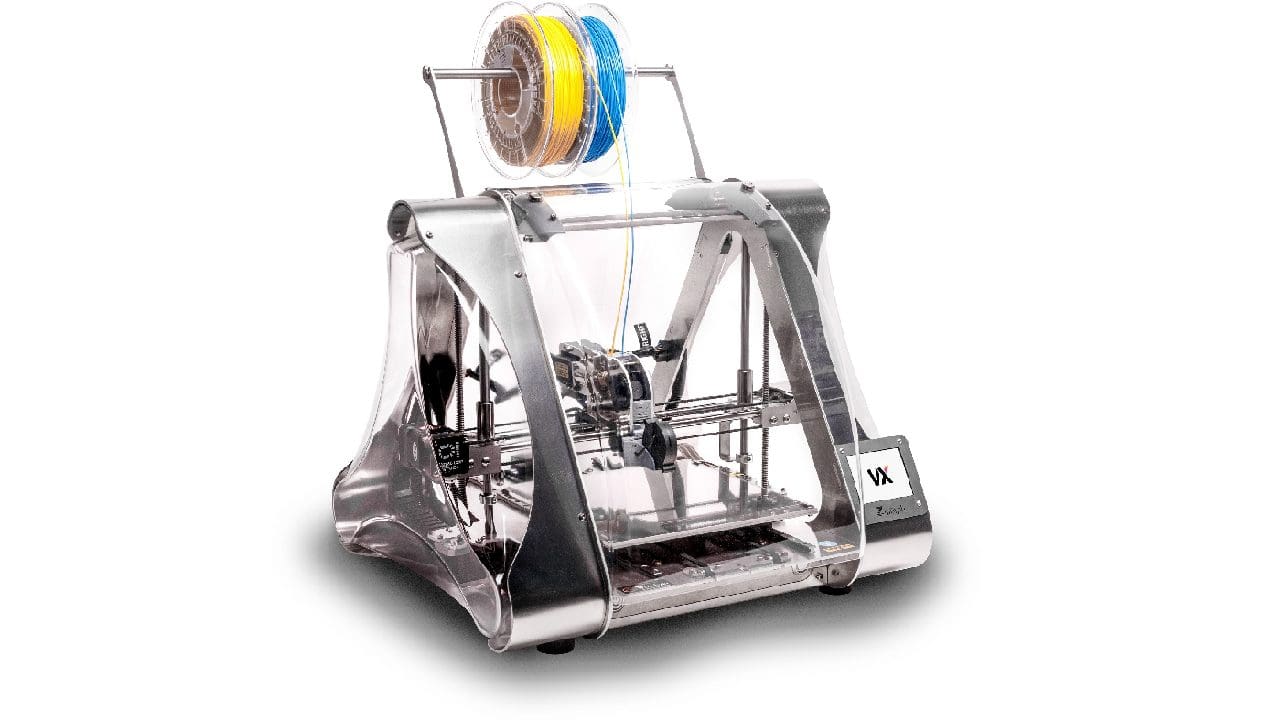3D printing is specifically intended to recreate digital models in the real world. This is great for prototyping or for just creating cool models for yourself. You really want the resulting print to look like the digital model, though; any imperfections can be really demotivating and ruin the whole look of the piece.
Even if the issue is relatively minor, it can ruin the piece for you. One such issue you can face in 3D printing is the bottom of the print bowing, in effect called Elephant’s Foot. Elephant’s foot is a very visual name. It is the effect where the base of the model bulges out, similar to how the bottom of an elephant’s foot gets wider.
What Causes Elephant’s Foots in 3D Printing
The effect has two primary causes: temperature and weight. When the model base stays too hot, it can get squashed and squeezed out by the weight of the rest of the model above it. Typically, one of the most reliable ways to resolve this issue is to reduce the temperature of the print bed.
Lowering the print bed temperature is a balancing game. Lowering your print bed temperature in 5-degree intervals is generally recommended. However, if you’re running your print bed particularly hot, then you might want to reduce it by more than that. But if you lower it too far, your print may struggle to adhere, likely leading to even more dramatic print issues.
If you’re particularly struggling with a large and heavy print and have lowered the print bed temperature as much as you can without causing other issues, you may want to consider trying to split up the model.
By splitting the model in two, you can significantly decrease the weight by pressing down on the bottom of the print. Of course, this comes with the added cost of further post-processing, including needing to glue the parts together.
Another step you can take is to chamfer the base. A chamfer is when you modify a single angle to be two smaller angles with a surface between them. For example, rather than having a 90-degree angle, you can have two 45-degree angles with a diagonal surface between them.
In 3D printing, this is typically used to help support overhangs or bridges that would otherwise be difficult to print. In this case, you can attempt to cancel out the effect of the elephant’s foot by chamfering in the bottom edge by a few millimeters.
Conclusion
If you’re facing bowing on the bottom of your prints, these tips should help you fix it. If you’ve got any other tips for dealing with Elephant’s Foot, then please share them down below.



